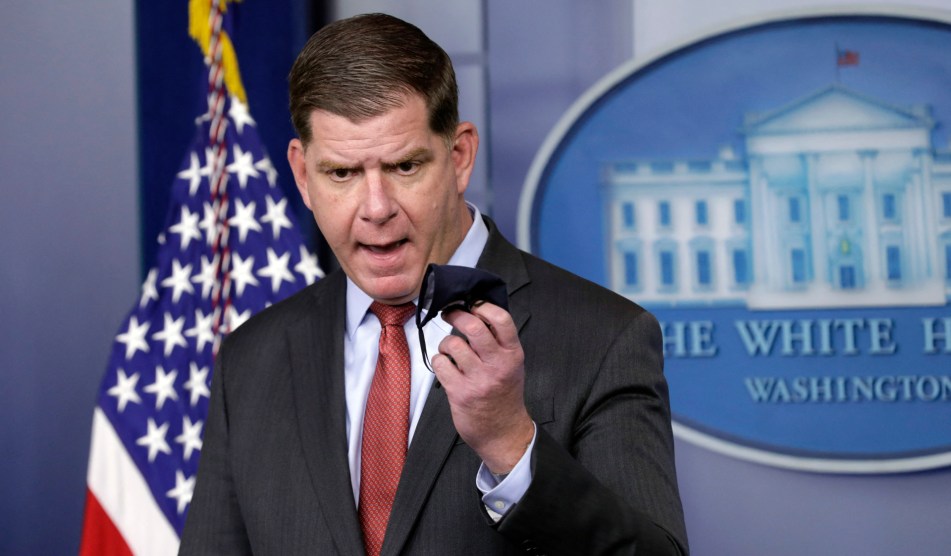
FG Trade/Getty
On this Mother’s Day, let’s remember the pandemic’s dire impact on American moms, who have shouldered the burden at work and at home.
In April 2020, the coronavirus’s impact on working mothers was disproportionately acute. In the United States, the number of mothers both working and living with school-aged children fell 22 percent from the previous April, a sharper decline than among fathers, the New York Times reported. The 10 million mothers not working meant that one third of moms with school-age children in the US were unemployed, a Census survey noted in March. Single mothers have been hit especially hard, with the sharpest decline in labor force participation and the slowest recovery.
In January 2020 single mothers had the highest labor force participation rate of all women. Then in April they dropped the fastest and have been the slowest to recover. https://t.co/hUxqAJMhVa pic.twitter.com/JBniaWVCKH
— Bryce Covert (@brycecovert) May 6, 2021
The flip side of this decline is the disproportionate share of childcare at home mothers are handling themselves. And working moms are more likely than working dads to say they face challenges in the office due to balancing work and family responsibilities, according to the Pew Research Center.
“The biggest tax has been on working mothers,” Lareina Yee, chief diversity and inclusion officer at McKinsey said Sunday on “This Week with George Stephanopoulos.” She noted that a minority of working mothers, unlike most working fathers, say that working from home has had a positive impact on their lives.
.@GStephanopoulos: "Some economists are calling this pandemic downturn the 'she-cession.'"
Lareina Yee, McKinsey Chief Diversity & Inclusion Officer: "Well, absolutely. And for companies, the biggest tax has been on working mothers." https://t.co/0GdhRFNiqu pic.twitter.com/X2Dvol4k3O
— This Week (@ThisWeekABC) May 9, 2021
These issues of course are not new. Instead, they reflect a pandemic-imposed exacerbation of existing unequal burdens on working mothers in offices and homes.
The good news is that working mothers are returning to the workforce. By this winter, that recovery meant that the decline in employment among mothers and fathers had equaled out, the New York Times‘ Claire Cain Miller has reported. Put another way, working moms are getting back to the distinctly unequal position they had before COVID. Happy Mother’s Day to them.
















